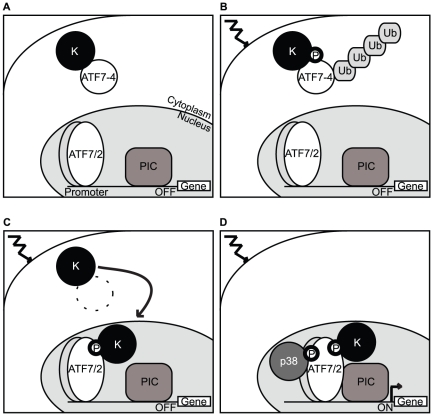Figure 7. Model illustrating the regulatory role of ATF7-4.
(A) Under resting conditions, ATF7-4 retains in the cytoplasm a kinase (K) that is able to phosphorylate ATF7-FL/ATF2 on Thr53/Thr71 respectively, preventing any transcription activity on their target genes. (B) The stimulus-induced phosphorylation of ATF7-4 promotes its poly-ubiquitination and degradation. (C) Our model proposes that the kinase is subsequently released, enters the nucleus and phosphorylates ATF7-FL/ATF2. (D) This first phosphorylation event is necessary for stress-activated p38 recruitment and ATF7-FL/ATF2 phosphorylation on Thr51/Thr69 respectively. The double phosphorylated forms associate efficiently with preinitiation complex (PIC) and are transcriptionally active.

